- No products in the cart.
Trigrim Valium 5mg 30 pc
$8.00
Trigrim Valium 5mg 30 pc
Description
Composition
Active substance:
1 tablet contains: torasemide 2.5 mg, 5 mg or 10 mg.
Excipients:
1 tablet contains: lactose, cornstarch, colloidal silicon dioxide, magnesium stearate.
Description:
For dosage 2.5 mg: Round biconvex white tablets.
For dosage of 5 mg and 10 mg: round tablets White Valium; with bevel on both sides and Valium on one side.
Product form:
Tablets of 2.5 mg, 5 mg and 10 mg.
10 tablets in the blister of the Al foil / PVC. 3 blisters (30 tablets) with instructions for use in a cardboard box.
Contraindications
• Hypersensitivity to torasemide, and sulfonamides; • anuria; • hepatic coma and prekomatosnoe state; • chronic renal failure with increasing azotemia; • arrhythmia; • hypotension; • pregnancy; • Lactation (no data on the use during lactation); • the age of 18 years (effectiveness and safety have been established).
Precautions: diabetes, gout, disorders of fluid and electrolyte balance, liver dysfunction, cirrhosis, predisposition to hyperuricemia.
Dosage
5 mg
Indications
• Swelling caused by heart failure, liver diseases, kidney and lungs. • Primary hypertension (used alone or in combination with other antihypertensive agents).
Interaction with other drugs
• Increases myocardial sensitivity to cardiac glycosides when potassium or magnesium deficiency. • When concomitantly with mineral and glucocorticoids, laxatives may increase the excretion of potassium. • Enhances the effect of antihypertensive drugs. • At high doses, can enhance the toxic effects of aminoglycoside antibiotics, cisplatin; nephrotoxic effect cephalosporins, and cardio- and neurotoxic effects of lithium. • Torasemide may exacerbate the effects of muscle relaxants and of theophylline curariform. • When large doses of salicylates and their toxic effects may be enhanced, and the action of antidiabetic agents, contrary to weaken. • Sequential or simultaneous reception of torasemide with inhibitors of angiotensin converting enzyme (ACE) inhibitors may lead to a transient drop in blood pressure. This can be avoided by reducing the starting dose of the ACE, or reducing the dose of torasemide (or temporarily suspend it). • Torasemide reduces the effect of vasoconstrictors (epinephrine and norepinephrine) • Non-steroidal anti-inflammatory agents and may reduce probenicid diuretic and hypotensive effect of torasemide. • Kolestiramin torasemide can reduce absorption from the gastrointestinal tract (in animal studies).
Overdose
Simtomy – typical picture of poisoning do not.
In case of overdose – forced urination, accompanied by hypovolemia, electrolyte imbalance, followed by a fall in blood pressure, drowsiness, confusion, collapse. gastrointestinal disorders may be observed.
A specific antidote is not known. Symptomatic treatment involves reduction or abolition of the drug dose and simultaneously replenishing fluid and electrolyte losses.
pharmachologic effect
Pharmacological group:
Diuretic.
Pharmacodynamics:
The main mechanism of action of the drug due to the reversible binding of torasemide with kontransporterom Na + / 2Cl- / K +, situated in the apical membrane of the large segment of the ascending loop of Henle, causing reduced or entirely inhibited reabsorption of sodium ions, thereby reducing the osmotic pressure of the intracellular fluid and water reabsorption .
Thus through the action of anti-aldosterone torasemide, to a lesser degree than the causes hypokalemia furosemide, with greater activity and duration of action.
Pharmacokinetics:
After oral torasemide is rapidly and almost completely absorbed in the gastrointestinal tract. Torasemide maximum plasma concentration observed 1-2 hours after administration.
Bioavailability is about 80-91% and a swelling.
Communication with plasma proteins – 99%. The volume of distribution is 16 liters. It is metabolized in the liver by cytochrome P450 system to form a 3-metabolites Ml, M3, and M5.
The half-life of torasemide and its metabolites in healthy subjects is 3-4 hours.
Total clearance of torasemide is 40 ml / min and renal clearance – about 10 ml / min. On average, 80-83% of the dose is displayed through the renal tubules: unchanged (24- 25%) and as metabolites (Ml -11-12%, M3 – 3%, M5 -41-44%).
In renal insufficiency, the half-life of torasemide is unchanged.
Conditions of supply of pharmacies
On prescription.
side effects
From the blood: in some cases may experience changes in blood biochemical indices: reduction in the number of erythrocytes and leukocytes, and platelets, hypovolemia, electrolyte imbalance, hypokalemia, increased uric acid in blood serum lipids and glucose. Increased levels of certain liver enzymes, eg gamma-GT.
Cardio-vascular system: in some cases, due to the thickening of the blood, there are circulatory disorders and thromboembolism, lowering blood pressure (BP) of blood.
On the part of the digestive tract: the various dysfunctions of the gastrointestinal tract (GIT), loss of appetite, and in some cases may develop pancreatitis.
On the part of the kidney and urinary tract: acute urinary retention, increased levels of urea and creatinine in plasma.
Central nervous system: headache, dizziness, weakness, sleepiness, confusion, seizures, and paresthesias of the limbs.
Allergic Jets: itching, rash and photosensitivity.
From the senses: visual disturbances, tinnitus, deafness.
Other: Dry mouth.
special instructions
• Prolonged treatment is recommended to monitor electrolyte balance, glucose, uric acid, creatinine and blood lipids. • When hypokalemia, hyponatremia, hypovolemia, or dysuria before appointment
Trigrima® carry out the removal of all of the above conditions before prescribing this drug. •
Precautions administered in gout or trends to increased uric acid levels • In the presence of diabetes need to control carbohydrate metabolism. • When thrombocytopenia or inhibition of bone marrow function, as well as drug should be removed for skin rashes.
Effect on vehicle driving and operating machinery.
At the initial stage it is not recommended to drive and maintain the mechanisms due to the possibility of dizziness.
Storage conditions
In a dry, dark place at a temperature not higher than 25 ° C.
Keep out of the reach of children.
Dosing and Administration
Inside.
Adults:
Edema: 5 mg 1 time per day. If necessary, the dose can be gradually increased to 20 mg 1 time per day.
In some cases it is recommended Trigrima® to 40 mg per day.
Congestive heart failure: 5 – 20 mg 1 time per day. When necessary, the daily dose can be gradually increased (doubling it), to a maximum of 200 mg.
Chronic renal failure:
The initial dose is 20 mg per day. If necessary, this dose can be gradually increased (doubling it), before reaching the diuretic effect. The maximum daily dose – 200 mg.
Cirrhosis: 5 – 10 mg 1 time per day. If necessary, this dose can be gradually increased (doubling it), before reaching the diuretic effect.
Not been appropriately controlled studies in patients with liver diseases using doses of 40 mg per day.
Primary hypertension: 1 2.5 mg orally once daily. If necessary, the dose can be gradually increased up to 5 mg per day.
According to studies, a dose in excess of 5 mg per day did not lead to further decrease blood pressure. The maximum effect is achieved after about twelve weeks of continuous treatment.
Elderly patients:
Elderly patients do not require a special dose adjustment.
Children:
No data on the use of Trigrima® children.
Food does not affect the absorbability Trigrima® so medicine can be administered independently from the meal.
Information
Appearance may differ from that depicted in the picture. There are contraindications. You need to read the manual or consult with a specialist
Additional information
| Weight | 0.100 kg |
|---|---|
| Manufacturer | QUINACRINE |

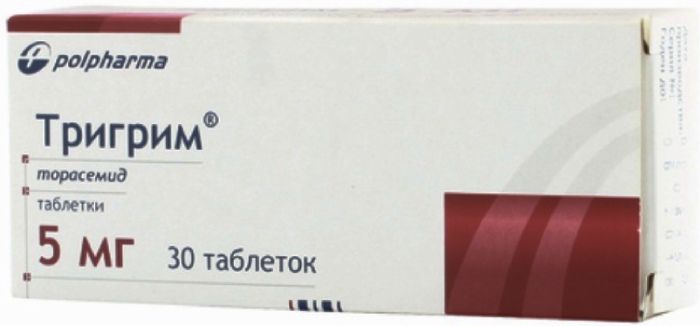
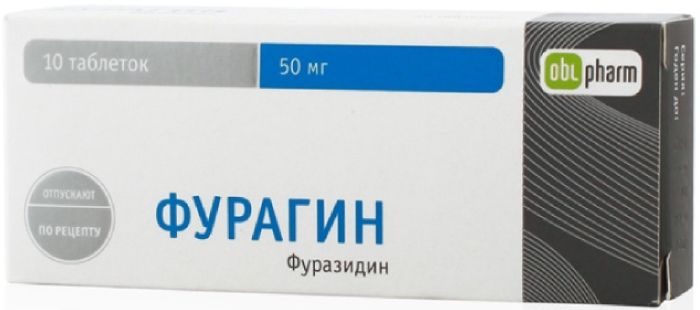
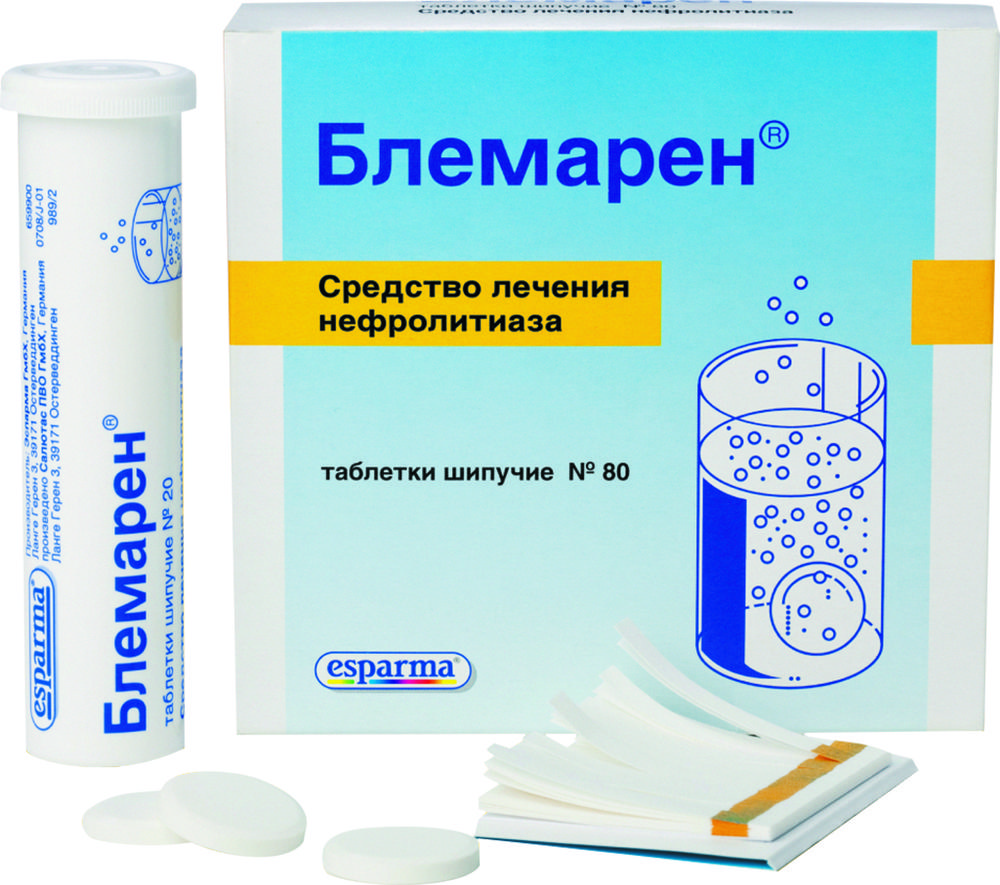
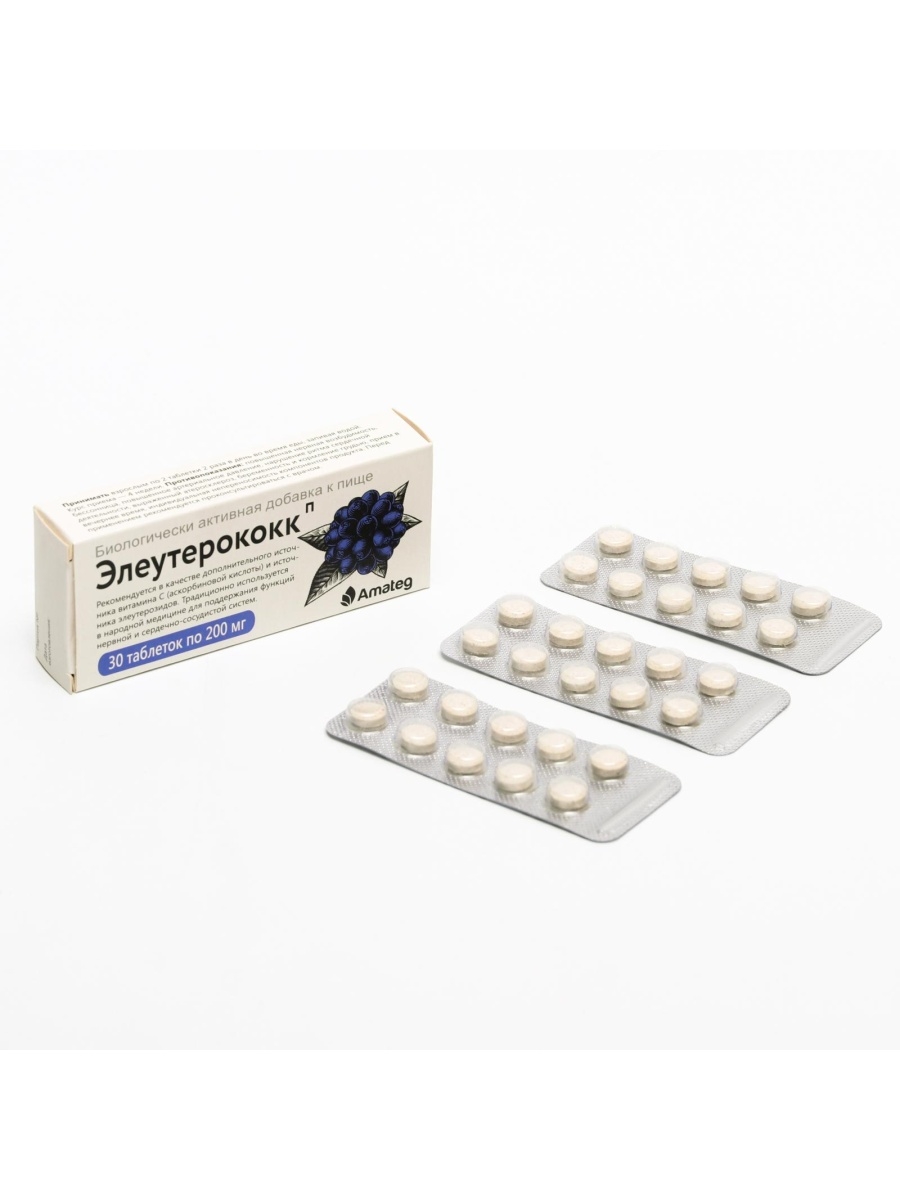

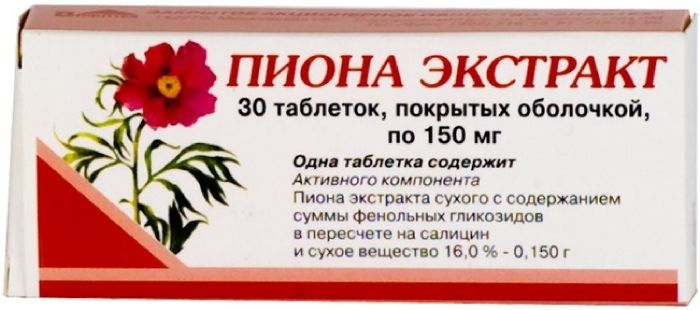


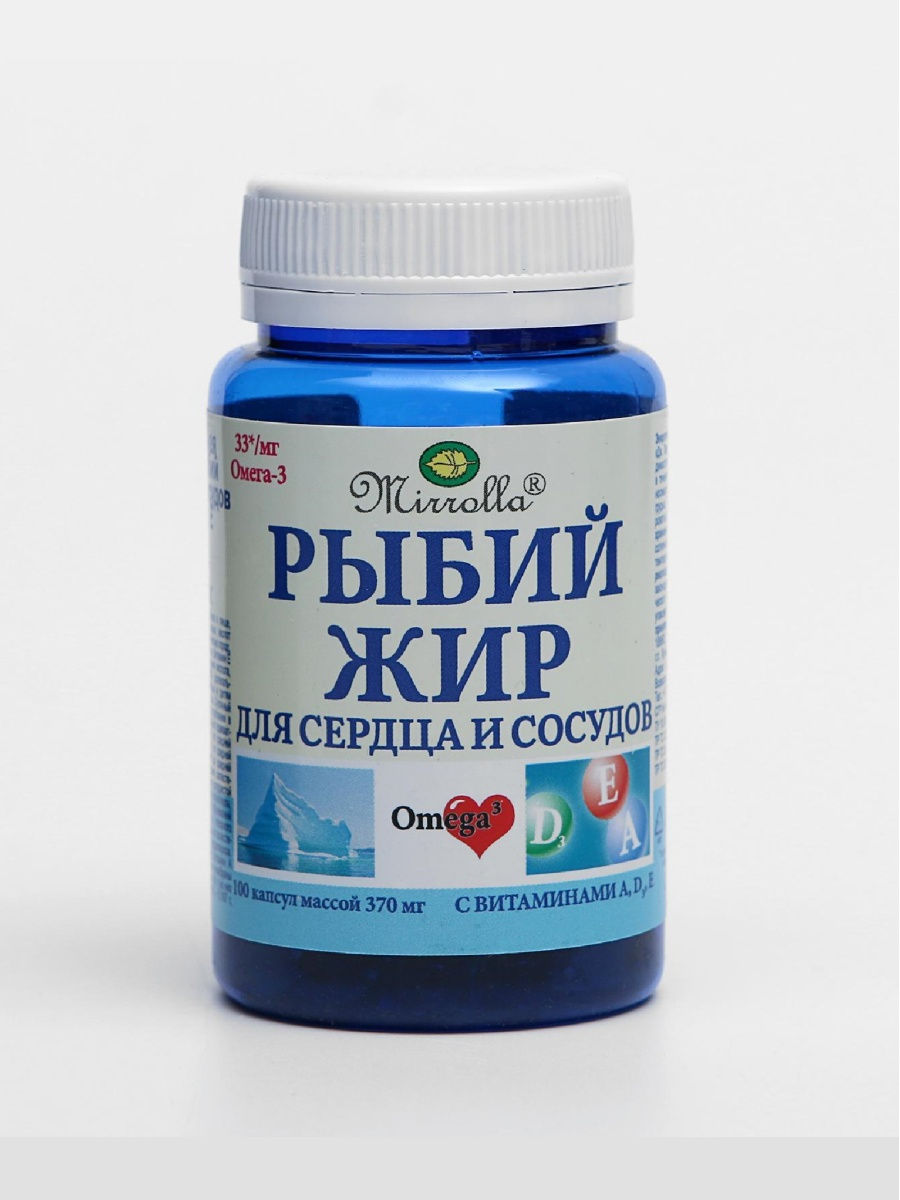




There are no reviews yet.